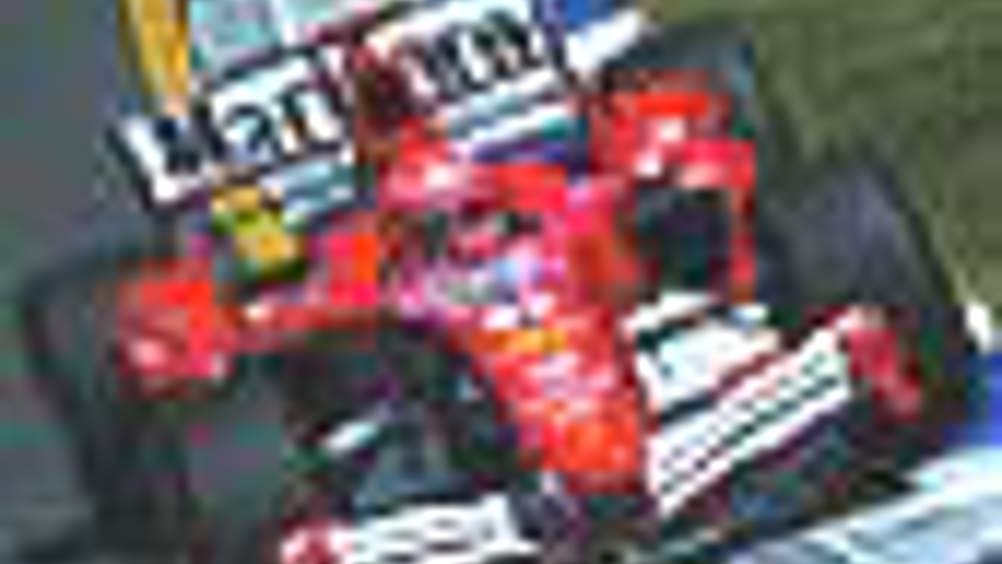Winning formula
Formula One’s hi-tech future will call for a new generation of engineering drivers, says Tony Purnell

Formula One is set to change. Gone will be the V8-19,000-most-power-you-can-get-from-a-fixed-displacement motor, and in its place will be a 'most-power-you-can-get-from-a-drop-of-fuel' powertrain.
What I mean by 'powertrain' in this context is a petrol-electric hybrid, integrated with the transmission and controlled by sophisticated electronics. This is a huge change, not just to powertrain, but also to the very nature of racing.
Why? Well, the only way to get engineers focused on squeezing the last tiny percentage in motive power out of each drop of fuel is — you've guessed it — to limit the amount you're given. This is very much the way forward for F1, and the way to encourage efficiency is to allow all forms of energy recovery in order to to scavenge more motive power.
The
has already outlined these thoughts as to the future for F1 — a set of regulations to allow performance differentiation in kinetic energy recovery systems (KERS) followed by more KERS, and then heat recovery. This will initially be from the exhaust (turbo-compounding, turbo-generation, turbo-anything). All will lead to complex powertrains designed to be beautifully integrated systems rather than a collection of disparate components.
Register now to continue reading
Thanks for visiting The Engineer. You’ve now reached your monthly limit of premium content. Register for free to unlock unlimited access to all of our premium content, as well as the latest technology news, industry opinion and special reports.
Benefits of registering
-
In-depth insights and coverage of key emerging trends
-
Unrestricted access to special reports throughout the year
-
Daily technology news delivered straight to your inbox










National Gas receives funding to develop Gravitricity underground hydrogen storage system
There can't possibly ever be a '<i>business</i>' case for the <i><b>bulk</b></i> storage of hydrogen, since Green hydrogen electrolysis...